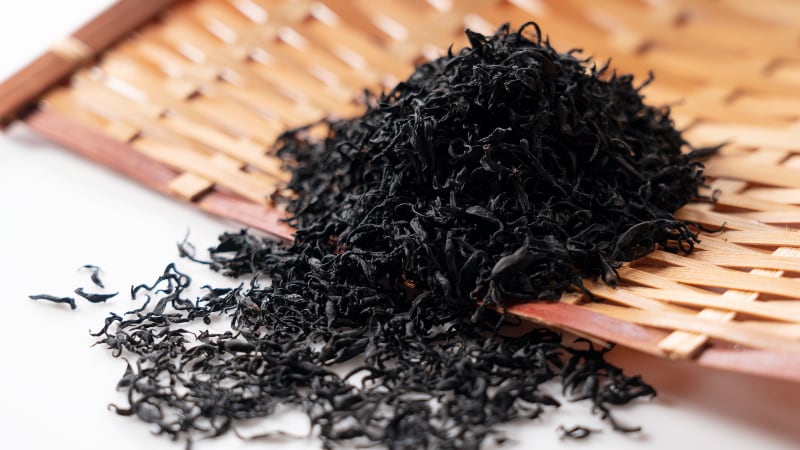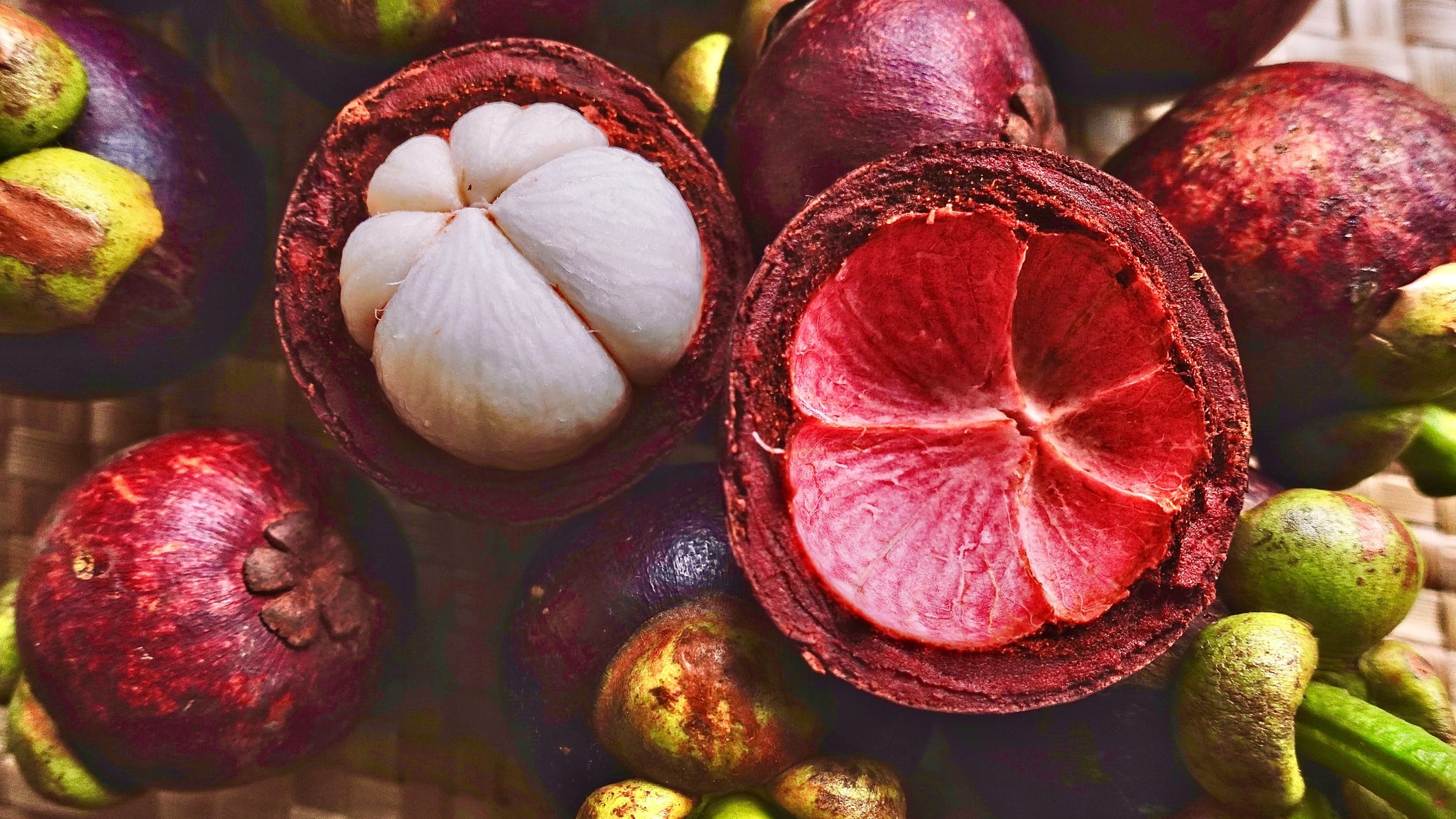While hyperpigmentation causes dark spots and freckles, a lack of melanin can lead to skin diseases such as skin cancer and vitiligo, and hair follicular depigmentation.
S. fusiforme has been the subject of research for its repository of natural antioxidant compounds, including polyphenols, carotenoids and meroterpenoids, but its impact on melanogenesis has not been widely reported.
As such, South Korean researchers from BioSpectrum Life Science Institute conducted a study to investigate the effect of S. fusiforme extract (SFE) on melanin synthesis and its mechanism via both in vitro and ex vivo experiments.
It was found that SFE promoted melanin production through upregulation of microphthalmia-associated transcription factor (MITF), resulting in increased expression of tyrosinase and tyrosinase-related protein 1 (TRP10), and the phosphorylation of cAMP-responsive element binding protein (CREB).
The cAMP-PKA-CREB signalling pathway is known for contributing to melanin production. This mechanism is also responsible for the tanning response to UV radiation, and has been used to treat hypopigmentation disorders.
In addition, human epidermal melanocytes (HEMn-MP) cells were treated with different concentrations of SFE for four hours and subsequently exposed to 200µM of hydrogen peroxide (H2O2) for five days.
Melanogenesis of the cells treated with H2O2 was suppressed by about 32%, compared to that of the control cells.
On the other hand, SFE pre-treatment greatly improved melanin levels. Specifically, melanin content increased by about 110%, 152.5% and 145.2% after treatment with 10, 50 and 100µg/mL of SFE respectively.
“These results indicate that SFE attenuated oxidative stress-induced cytotoxicity and can raise melanin production without affecting cell viability. Notably, pre-treatment with SFE at 100µg/mL restored cell viability by up to 99.4%,” the authors wrote.
Furthermore, the effect of SFE on cellular tyrosinase was assessed using zymography. The findings showed that tyrosinase activity increased in a dose-dependent manner.
At a concentration of 100µg/mL of SFE, tyrosinase activity grew by up to two-fold. Even at 10µg/mL, the lowest concentration used in this study, SFE raised tyrosinase activity by 29.6%.
Hope for darker hair
A reconstituted three-dimensional human skin, KeraSkin-M by Biosolution Co Ltd, was incubated with SFE (10, 50, 100, and 150µg/mL) for 14 days.
Observed under a microscope, more melanocytes were distributed in the SFE-treated group than the untreated control.
The measurement of L* value, used in colour management systems to represent the lightness of a colour, also indicated that L* value decreased after treatment with SFE.
To assess the effect of SFE on pigmentation of the hair, ex vivo studies were carried out.
After ex vivo hair follicles were treated with 50 or 100µg/mL of SFE for nine days, melanin content significantly increased, compared to that in the untreated control.
“The same melanogenesis efficacy of SFE was confirmed not only under in vitro cell conditions, but also in a 3D model that closely mimics human skin and ex vivo human hair follicles. This suggests that SFE has application potential to improve hair follicular depigmentation and vitiligo by stimulating melanin synthesis.”
Added advantages
S. fusiforme is a species of brown seaweed that belongs to the genus Sargassum, and grows abundantly along the rocky coastline of Asian countries such as Korea, Japan, and China.
The marine algae has received considerable attention due to its nutritional properties, particularly the bioactivities of its structurally diverse compounds, including polysaccharides, that can be extracted from it.
“Apart from being a food source, S. fusiforme holds promise for the development of commercially viable products across categories, including functional foods, alternative medicine, and cosmetics.
“Additionally, these seaweeds can be cultivated through aquaculture and produced in various forms, such as powder, tablet or capsule, which may be an advantage over other natural materials,” the authors concluded.
Source: Cosmetics
https://doi.org/10.3390/cosmetics10040116
“Sargassum fusiforme Extract Induces Melanogenesis through the cAMP/PKA/CREB Signaling Pathway”
Authors: Hayeon Kim, et al





